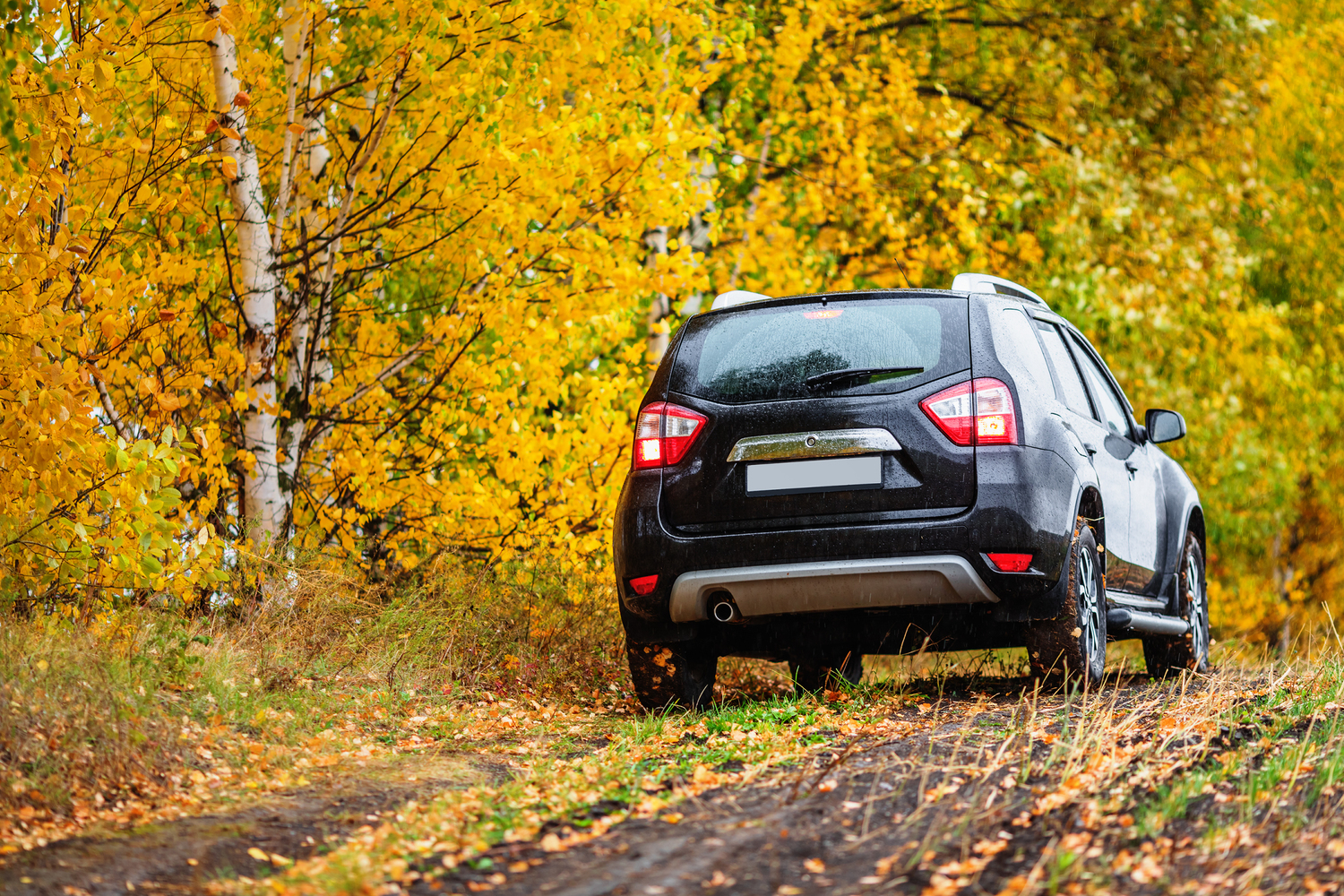
SUVs and SUV Crossovers: Major Differences
While many automakers and car buyers use the terms interchangeably, it is important to note that there are several key differences. While SUVs and SUV crossovers share many styling elements, they’re are many differences when it comes to functionality and intended use. Each has a unique build. The SUV is more suited to off-road tracks and can perform well on rough terrains.
The SUV crossover, on the other hand, has better mileage and is more suited for everyday use. Let’s understand some of the major differences between SUVs and crossovers:
1. Different platforms
The crossover has a unibody design, wherein the car is built in a single piece. As it is lighter and has the chassis of a car, it is, on average, more fuel-efficient than an SUV. The Sports Utility Vehicle, on the other hand, has two separate parts that are connected together during manufacturing. The SUV has a separate frame and body that are melded together, and it is generally more rugged and can haul far bigger and bulkier payloads.
2. Towing capacity
Does this mean that crossovers cannot be used to tow or haul large payloads? The answer is quite the contrary. Increasingly, automakers are incorporating elements of the traditional SUV into the crossover. So, there are a few auto giants like Mitsubishi with its Eclipse Cross or the Outlander that have towing capacities that can be as heavy as 3500 lbs.
3. Size components
Both types of vehicles come in different sizes. The SUV is built for a more rugged terrain and, therefore, is larger. It can be categorized as midsize or full-sized. However, crossovers may be categorized anywhere from compact to full-size. Automakers tend to advertise the crossover as a “compact SUV” or a “small-sized SUV” to attract more buyers.
4. All-wheel drive and front-wheel drive
Crossovers tend to be similar to regular station wagons or hatchbacks and have a front-wheel drive. However, some cars do have an all-wheel drive, which tends to give the vehicle more traction and control in rugged terrains. The all-wheel drive is suitable for all driving conditions. SUVs, on the other hand, are rear-wheel drives and have built-in 4WD systems that are suited for all off-road adventures.
5. Are there any similarities?
There are many similarities among the two types, the most notable one being the raised ground clearance. It is a clear winner as it gives the cars a vantage point as compared to other cars on the road. Both crossovers and SUVs feature plenty of interior space. Families who are looking to avoid the dreaded minivan can easily opt for either of these options. The cargo area is also integrated with the cabin space and this allows one to do away with a separate trunk space.
You are advised to understand the major differences between SUVs and crossovers and what they mean for you as a consumer. Every consumer has unique needs and while both these types have their merits, today, the crossover tends to be more popular among urban families.


